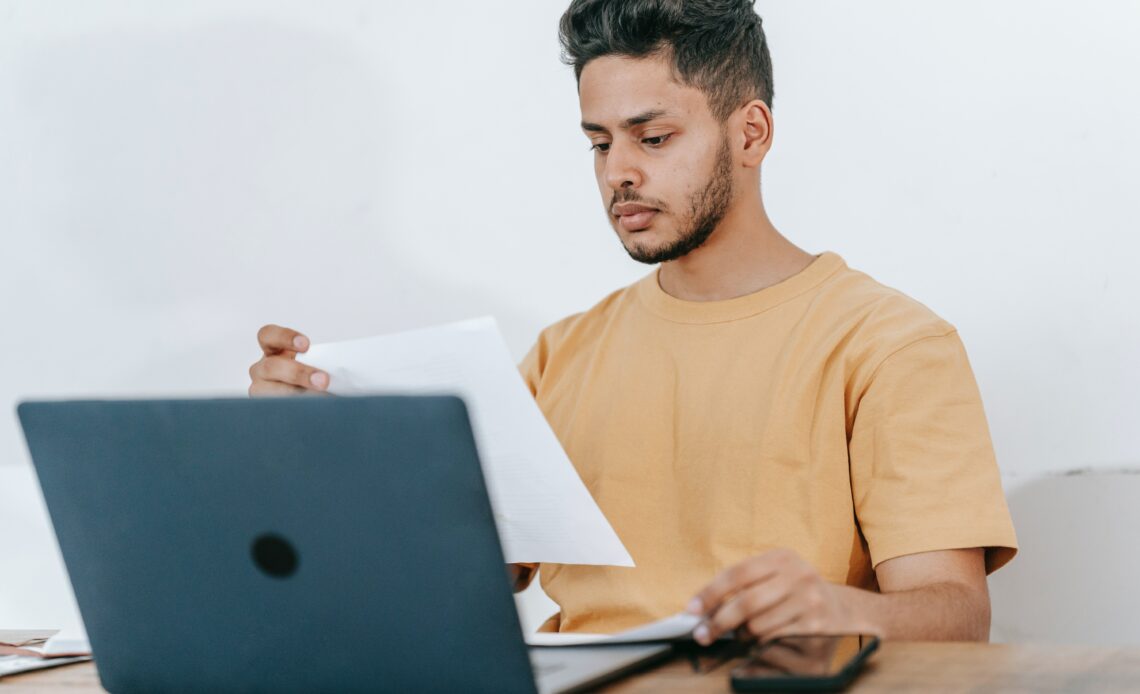
You can handle all of your essential expenses for the month without trouble. All of your bills get paid in full and on time. You can fill up your car with gas. You can stock your refrigerator and your kitchen cupboards with groceries. You feel like you’ve achieved financial stability.
But this isn’t really financial stability. Financial stability isn’t the ability to maintain your finances when everything is going well. It’s the ability to maintain your finances when something goes wrong. If you can withstand an obstacle like an emergency expense and recover relatively unscathed, you can be confident that you’ve achieved financial stability.
So, you have to ask yourself: can you handle an emergency expense?
Americans and Emergency Expenses
If you don’t think you can handle an emergency expense that falls into your lap, you aren’t alone. A survey on the Economic Well-Being of U.S Households (2022) via the Federal Reserve found that a large percentage of Americans can’t cover an emergency expense either. The survey found that 37% of respondents admitted that they didn’t have enough money to cover a $400 emergency out of pocket. This means that they would not be able to use money from their checking or savings account to cover the expense. They would also not be able to add the expense to their credit card and pay down the balance by the next billing cycle.
The percentage of Americans admitting to this financial struggle appears to be growing. In the Federal Reserve’s survey on the Economic Well-Being of U.S Households (2021), only 32% of respondents said they couldn’t cover a $400 emergency expense. That’s a 5% jump in the span of a year.
So, how can you avoid being part of this percentage? How can you handle an emergency expense?
Emergency Funds
The best way to handle emergency expenses is with the help of an emergency fund. An emergency fund is a personal collection of savings reserved for urgent and unplanned expenses that are outside of the realm of your budget. When an emergency expense arises, you can withdraw the necessary amount from your fund and use it to pay off the expense immediately.
How much should you have in an emergency fund? As a bare minimum, you should aspire to put at least $1000 in your fund. With $1000 in your fund, you can handle the costs of plumbing services like clearing a clog, fixing a running toilet or repairing a leak (Plumbing Near Me). You can afford a new tire after your car gets a flat and you don’t have a spare sitting in your trunk. You can pay for an urgent dental filling if your current one falls out, or you can pay an urgent vet bill if your dog gets mysteriously ill.
A $1000 emergency fund shouldn’t be your ultimate goal. Ideally, you should have between 3 to 6 months’ worth of expenses saved up inside of your fund. You can use these savings to cover small emergencies (like home repairs) whenever you encounter them, and you can rely on these savings if something ever disrupts your usual stream of income. So, if you lose your job, fall ill or have to reduce your work hours to care for a loved one, your substantial safety net will help you get through it.
Backup Credit Tools
Building a substantial emergency fund will take time. You likely won’t have enough to cover a $400 emergency expense right away. It will likely take months of adding to a savings account before you reach that level of protection. So, what can you do about emergency expenses when your emergency fund is practically empty? You should consider credit tools as your backup plans.
If you don’t have enough savings to cover an emergency expense, you might be able to put the expense onto one of your credit cards. Your credit card allows you to use borrowed funds to manage the expense and recover from the emergency as soon as possible. After you add the expense to your credit card, you will have to focus your attention on paying down the balance. If you want to avoid paying interest, you should try to pay down the balance before the next billing cycle begins.
What if you don’t want to use a credit card? In that case, you could look into a personal loan as a solution for your emergency. As long as you meet the qualifications, you can submit an application for a personal loan. Click here to learn about the loan application process and what factors are important for considering loan approval. If your application gets approved, you’ll gain access to temporary funds to manage your expense in a short amount of time. Then, you can repay what you borrowed through a straightforward billing cycle. It’s simple.
You can be confident that you’re financially stable when you can handle an emergency expense without any stress. So, start building an emergency fund right now!





